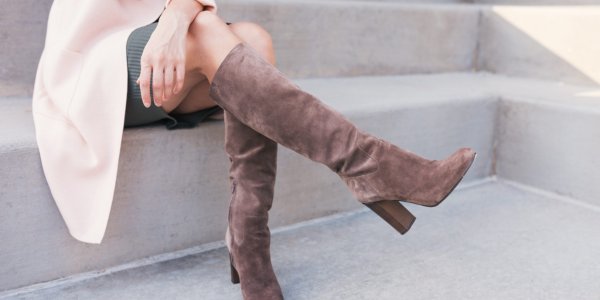Retifism
What Drives the Fascination With Retifism
The Allure of Footwear in Human Desire
Retifism is a type of sexual interest or fixation centered around footwear—most commonly shoes or boots. This attraction may involve admiration of the object itself, a desire to see others wear specific types of footwear, or the act of incorporating shoes into sexual activity.
Unlike general fashion appreciation, retifism leans toward arousal. It can be visual, tactile, or even scent-driven. Some individuals are drawn to high heels, stilettos, leather boots, or worn sneakers—not because of the person wearing them, but because the shoes themselves carry erotic significance.
Where It Originates and How It Manifests
Named after French writer Nicolas-Edme Rétif, this fetish is one of the most well-known in the category of partialism, where one focuses sexually on a specific body part or item. The origin can stem from early exposure, association with powerful experiences, or cultural imagery that eroticizes certain types of footwear.
Retifism can manifest in different ways:
-
Visual admiration of specific shoes on a partner
-
Solo interaction with footwear as a fetish object
-
Roleplay scenarios involving dominant or submissive dynamics
-
Shoe worship—a BDSM-adjacent activity
For many, it’s not about objectification, but appreciation. It’s about how a shoe looks, feels, or completes an identity. Like other fetishes, it exists on a spectrum and varies widely in intensity and expression.
FAQ
Some wonder whether a fetish like this is common or how it plays out in relationships.
What’s the difference between retifism and a shoe kink?
A shoe kink may be a casual interest, while retifism often involves deeper fixation or dependency for arousal.
Can retifism develop later in life?
Yes. Though often rooted in early experiences, new associations or partners can trigger the fetish in adulthood.
Is retifism more common in men or women?
Studies suggest it's more frequently reported among men, but it occurs across all genders and identities.
How does retifism affect relationships?
It can enhance intimacy if both partners are open, but secrecy or shame may lead to misunderstanding without clear communication.
Are specific shoe types more commonly linked to retifism?
Yes. High heels, boots, and worn shoes are frequently cited, often due to cultural symbolism or personal triggers.
















